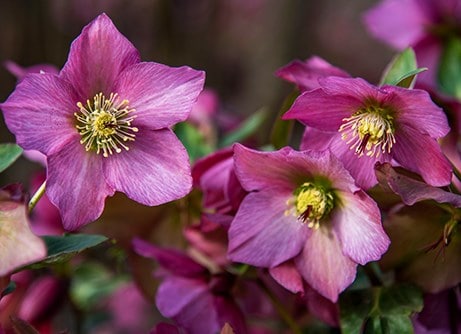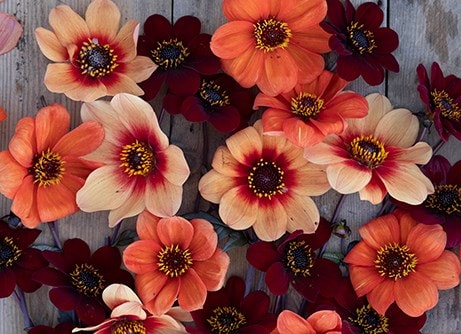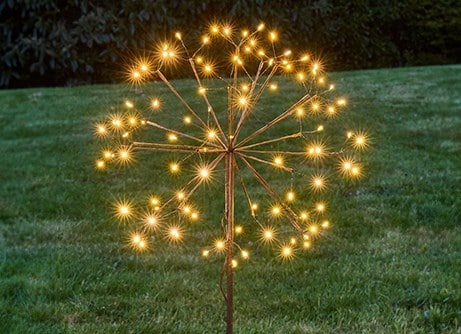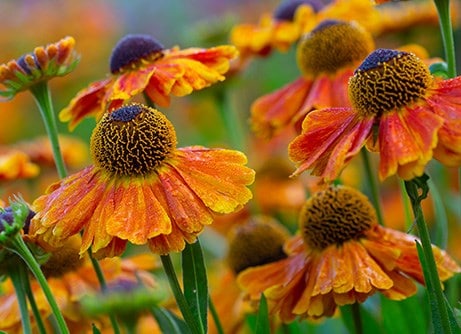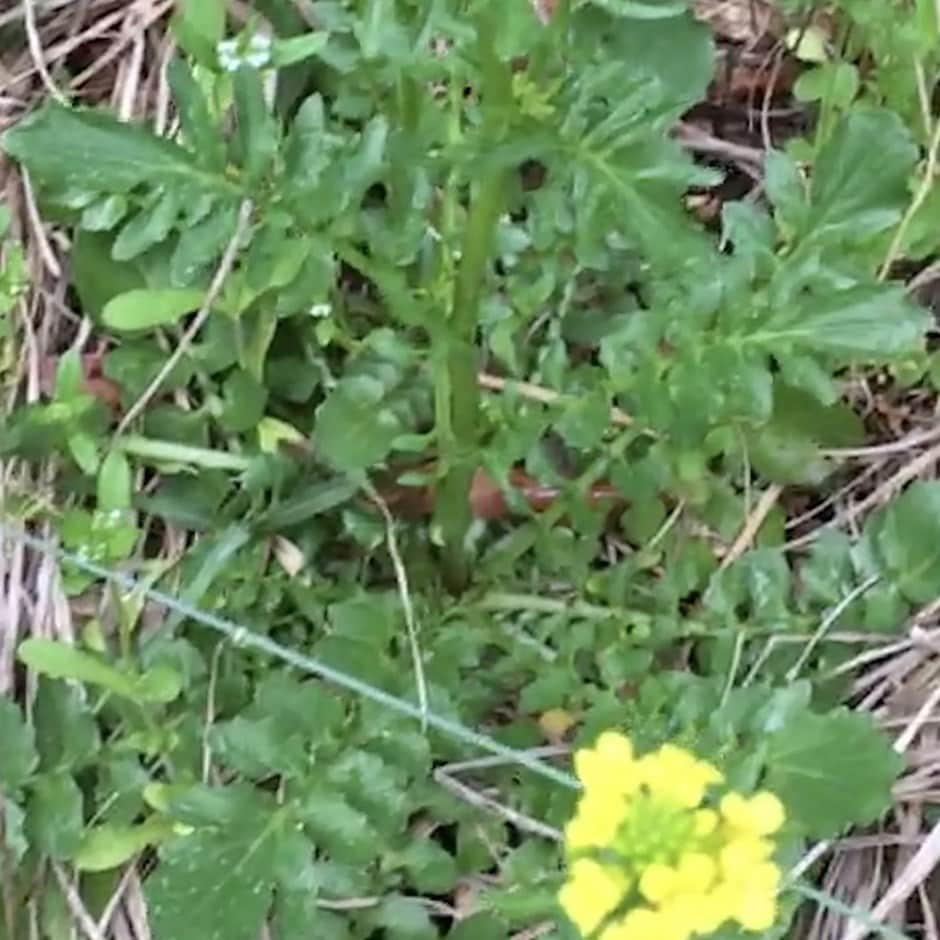A biennial, leafy herb with a peppery, spicy flavour producing rosettes of dark green, deeply-lobed leaves which may be used as a watercress substitute. In spring or summer of its second year it produces upright stems with clusters of small, yellow, four-petalled flowers.
American land cress has been cultivated as a leaf vegetable in England since the 17th century, and as it requires less water than watercress, it is easier to cultivate. It's an ideal winter and spring herb and rich in vitamin C.
How to care for American land cress:
Plant American land cress in full sun or partial shade in moisture-retentive, fertile soil that stays reliably damp but not waterlogged. It grows well in open ground or containers, as long as the compost remains moist. Keep it regularly watered, especially in dry spells, to stop the leaves from becoming tough or bitter.
Harvest the outer leaves as needed, leaving the centre to regrow for continued picking over autumn and winter. It’s hardy and can tolerate light frosts, making it a useful cut-and-come-again crop through the colder months. Keep weed-free and remove any yellowing leaves to maintain plant health and appearance.


